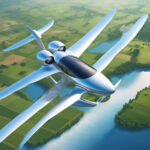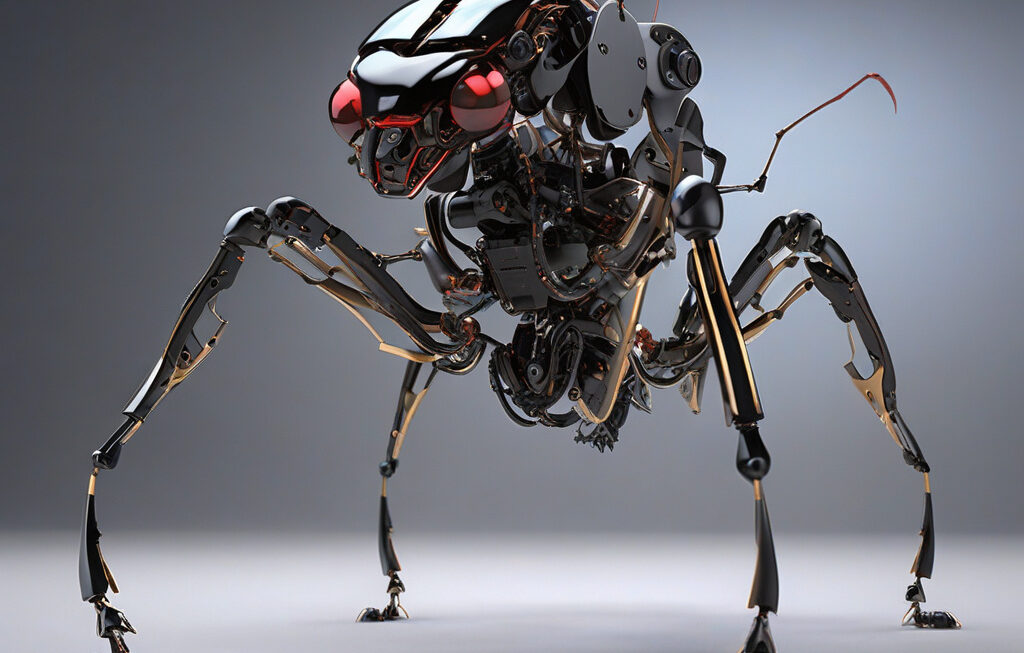Albatross-Inspired Drone: Pioneering Wind-Powered Flights
UC Assistant Professor Sameh Elsa and his research partners are working on a novel project that could revolutionize the world of drones and aerial surveillance. Inspired by the remarkable flying abilities of albatross birds, known for their impressive gliding skills and endurance in the air, the team is developing a pioneering drone that harnesses the power of wind to achieve longer and more efficient flights.
The concept of using the wind to propel drones is not entirely new, but the approach taken by Professor Elsa and his team introduces a fresh perspective that mimics the natural flight techniques of albatross birds. By studying the aerodynamics and flight patterns of these majestic creatures, the researchers aim to design a drone that can ride air currents for extended periods, reducing the need for constant power consumption and enabling unprecedented flight durations.
One of the key advantages of this albatross-inspired drone is its potential applications in various industries, particularly in the fields of surveillance, environmental monitoring, and search and rescue operations. With longer flight times and increased range, the drone could cover larger areas more effectively, providing valuable data and insights in real time. Imagine a drone that can soar effortlessly for hours, collecting vital information or tracking targets with minimal energy expenditure – a game-changer in the world of unmanned aerial vehicles.
Moreover, the environmental implications of this wind-powered drone are significant. By reducing the reliance on traditional battery-powered systems, the new technology could pave the way for more sustainable and eco-friendly drone operations. This aligns with the growing emphasis on green technologies and renewable energy sources, highlighting the potential of nature-inspired design solutions to address modern challenges.
In addition to its practical benefits, the albatross-inspired drone project showcases the power of interdisciplinary collaboration and innovative thinking in the field of robotics and aeronautics. By bridging the gap between biology, engineering, and mathematics, Professor Elsa and his team are pushing the boundaries of conventional drone design and opening up new possibilities for future developments in autonomous flight systems.
As the project continues to evolve, it raises intriguing questions about the intersection of nature and technology, highlighting the untapped potential of biomimicry in enhancing human-made innovations. By drawing inspiration from the natural world and adapting its principles to technological advancements, researchers can unlock groundbreaking solutions that not only improve performance but also contribute to a more sustainable and harmonious relationship with the environment.
In conclusion, the albatross-inspired drone project led by UC Assistant Professor Sameh Elsa represents a bold step towards reimagining the capabilities of unmanned aerial vehicles through biomimicry and innovative engineering. By harnessing the innate wisdom of nature’s flyers, the team is charting new territories in aerial surveillance, environmental conservation, and beyond. As the drone takes flight on the winds of inspiration, it carries with it the promise of a future where technology and conservation converge for the greater good.
albatross, drone technology, wind power, biomimicry, sustainable innovation












